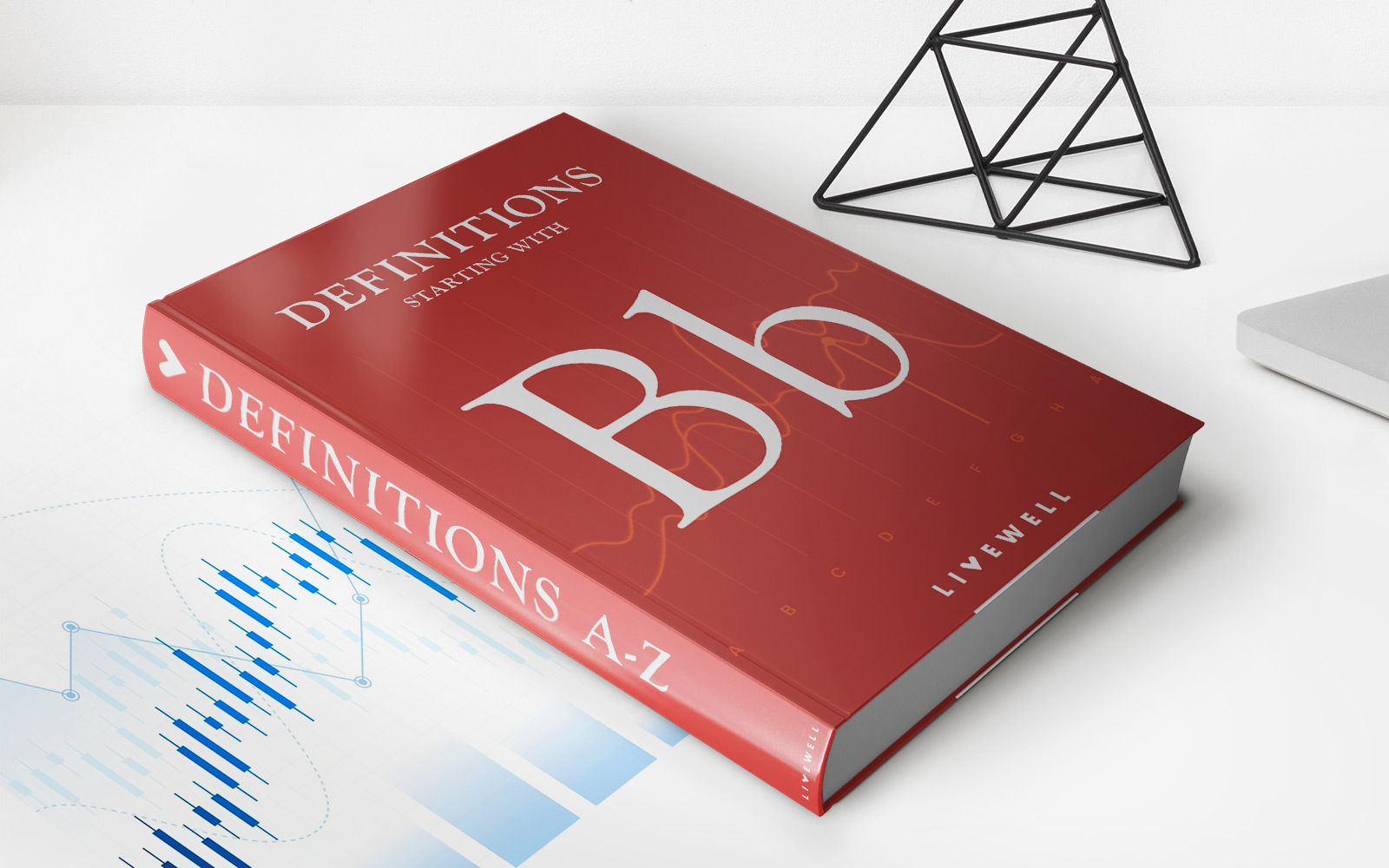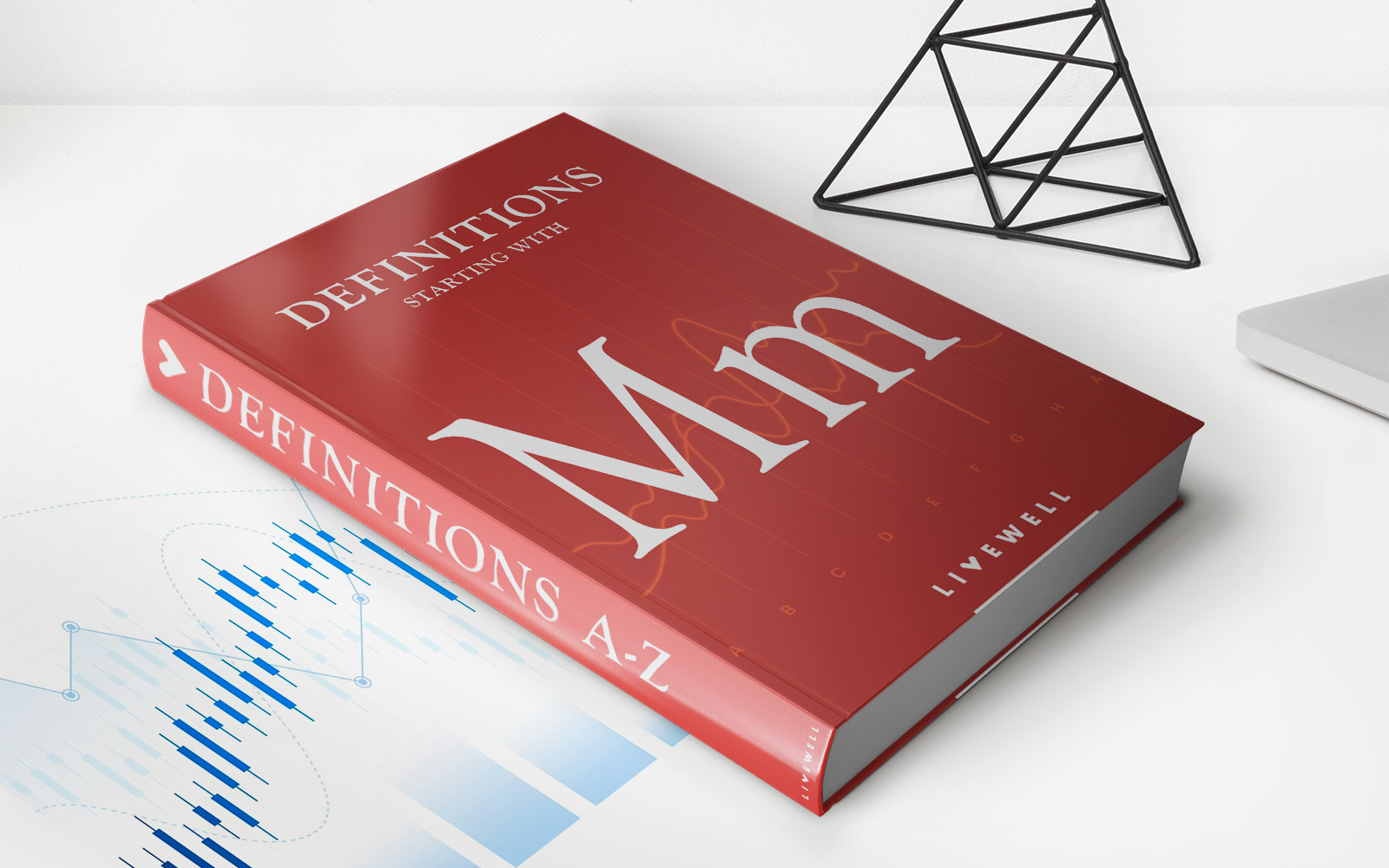

Finance
What Is An Example Of Revolving Credit
Modified: March 1, 2024
Learn about revolving credit in finance and discover an example to understand how it works. Find out how revolving credit can benefit your financial strategy.
(Many of the links in this article redirect to a specific reviewed product. Your purchase of these products through affiliate links helps to generate commission for LiveWell, at no extra cost. Learn more)
Table of Contents
Introduction
Understanding Revolving Credit
Revolving credit is a type of credit that allows individuals to borrow up to a certain limit and repay the borrowed amount over time. Unlike installment credit, which is repaid in fixed payments over a specified period, revolving credit does not have a fixed number of payments. Instead, the borrower can use the funds as needed, up to the approved credit limit, and make payments based on the outstanding balance. This flexibility makes revolving credit a popular choice for both consumers and businesses.
Revolving credit arrangements typically come in the form of credit cards, lines of credit, and home equity lines of credit (HELOCs). With a credit card, the borrower can make purchases or cash advances up to a predetermined credit limit. The outstanding balance accrues interest, and the borrower can choose to pay the full balance or make a minimum payment. A line of credit operates similarly but may be accessed through checks or electronic transfers. HELOCs, on the other hand, are secured by the borrower's home and often have lower interest rates than other forms of revolving credit.
Revolving credit offers a level of financial flexibility that can be beneficial when managing cash flow, covering unexpected expenses, or making large purchases. However, it's essential for borrowers to understand the terms and conditions associated with revolving credit, including interest rates, fees, and repayment requirements, to make informed financial decisions.
In the following sections, we'll explore examples of revolving credit, its advantages and disadvantages, and gain a comprehensive understanding of this widely used financial tool.
Understanding Revolving Credit
Revolving credit is a flexible borrowing arrangement that allows individuals or businesses to access funds up to a predetermined credit limit and repay the borrowed amount over time. Unlike traditional installment credit, such as a mortgage or car loan, where the borrower makes fixed payments over a specified period, revolving credit provides a revolving line of credit that can be utilized as needed.
One of the key features of revolving credit is the ability to borrow, repay, and borrow again. For example, with a credit card, the cardholder can make purchases or cash advances up to the approved credit limit. As the outstanding balance is repaid, the available credit is replenished, allowing for ongoing use within the credit limit. This revolving nature provides a level of flexibility that can be advantageous for managing day-to-day expenses, covering unexpected costs, or addressing short-term funding needs.
Revolving credit is commonly associated with credit cards and lines of credit. Credit cards are unsecured revolving credit lines that do not require collateral. They are widely used for retail purchases, online transactions, and cash advances. Lines of credit, on the other hand, can be secured or unsecured and may offer higher credit limits than credit cards. Both credit cards and lines of credit accrue interest on the outstanding balances, and borrowers have the option to pay the full balance or make minimum payments, depending on the terms of the credit agreement.
Home equity lines of credit (HELOCs) are another form of revolving credit that is secured by the borrower’s home equity. HELOCs typically offer lower interest rates compared to other forms of revolving credit, making them an attractive option for homeowners seeking to leverage the equity in their properties for various financial needs.
Understanding the terms and conditions of revolving credit, including interest rates, fees, and repayment requirements, is crucial for responsible financial management. While revolving credit provides flexibility, it’s essential for borrowers to use it judiciously and avoid accumulating excessive debt that could lead to financial strain.
Now that we have a foundational understanding of revolving credit, let’s delve into specific examples to illustrate how this financial tool is utilized in various contexts.
Examples of Revolving Credit
Revolving credit is prevalent in various aspects of personal and business finance. Here are some common examples that demonstrate the versatility and utility of revolving credit:
- Credit Cards: Credit cards are perhaps the most widely recognized form of revolving credit. Cardholders have a predetermined credit limit and can make purchases, balance transfers, or cash advances up to that limit. The outstanding balance can be paid in full or carried over from month to month, accruing interest on the unpaid amount. Credit cards offer convenience and purchasing power, making them a popular choice for everyday transactions and larger purchases.
- Lines of Credit: Personal lines of credit, often offered by financial institutions, provide borrowers with access to a revolving credit line that can be used for various purposes, such as home improvements, debt consolidation, or unexpected expenses. Similar to credit cards, lines of credit allow borrowers to access funds up to a specified limit and make payments based on the outstanding balance.
- Home Equity Lines of Credit (HELOCs): HELOCs are secured by the equity in the borrower’s home and offer a revolving line of credit that can be tapped for home renovations, education expenses, or other financial needs. The equity in the home serves as collateral, and borrowers can draw funds as necessary, making interest payments based on the outstanding balance.
- Business Lines of Credit: Many businesses utilize revolving credit in the form of business lines of credit to manage cash flow, cover operational expenses, or seize growth opportunities. Business lines of credit provide flexibility in funding day-to-day operations and addressing fluctuations in revenue or expenses.
These examples illustrate the diverse applications of revolving credit in both personal and business settings. Whether it’s leveraging a credit card for everyday purchases, accessing a line of credit for financial flexibility, or utilizing a HELOC for specific needs, revolving credit offers a range of options to meet varying financial requirements.
Understanding the terms, interest rates, and repayment structures associated with each type of revolving credit is essential for making informed borrowing decisions and using credit responsibly. Now, let’s explore the advantages and disadvantages of revolving credit to gain a comprehensive perspective on its implications for borrowers.
Advantages and Disadvantages
Revolving credit offers several advantages and disadvantages that borrowers should consider when evaluating its suitability for their financial needs.
Advantages:
- Flexibility: Revolving credit provides borrowers with the flexibility to access funds as needed, up to a predetermined credit limit. This can be beneficial for managing day-to-day expenses, addressing unforeseen financial challenges, or seizing opportunities without the need to reapply for a new loan.
- Convenience: With credit cards and lines of credit, funds are readily available for use, offering convenience and quick access to financing without the formalities associated with traditional loan applications.
- Interest Savings: When used responsibly, revolving credit can result in interest savings compared to traditional installment loans. Borrowers have the option to pay off the outstanding balance early, reducing the amount of interest accrued over time.
- Establishing Credit History: Responsible use of revolving credit can contribute to building a positive credit history, which is crucial for future borrowing opportunities and favorable terms on loans and mortgages.
Disadvantages:
- Interest Costs: Revolving credit often carries higher interest rates compared to traditional loans, and carrying a balance from month to month can lead to significant interest costs over time.
- Debt Accumulation: The revolving nature of credit can lead to potential debt accumulation if not managed prudently. Carrying high balances and making only minimum payments can result in long-term debt and financial strain.
- Impact on Credit Score: High credit utilization and late payments on revolving credit accounts can negatively impact an individual’s credit score, affecting their ability to secure favorable terms on future loans.
- Overuse and Impulse Spending: Easy access to revolving credit may lead to overuse and impulse spending, potentially causing financial instability and difficulty in repaying accumulated balances.
Understanding the advantages and disadvantages of revolving credit is essential for making informed financial decisions. Borrowers should assess their financial discipline, spending habits, and specific funding needs to determine the most suitable form of credit for their circumstances. While revolving credit offers flexibility and convenience, responsible use and prudent financial management are crucial to avoid potential pitfalls associated with this type of borrowing.
Now that we’ve explored the advantages and disadvantages of revolving credit, let’s summarize the key takeaways and insights gained from our discussion.
Conclusion
In conclusion, revolving credit serves as a versatile and accessible financial tool that offers flexibility and convenience for individuals and businesses. Whether through credit cards, lines of credit, or home equity lines of credit (HELOCs), revolving credit provides a revolving line of credit that can be utilized as needed, up to a predetermined credit limit. This flexibility allows borrowers to address various financial needs, manage cash flow, and navigate unexpected expenses without the constraints of fixed loan terms.
Understanding the nuances of revolving credit, including interest rates, fees, and repayment structures, is essential for responsible financial management. While revolving credit offers advantages such as flexibility, convenience, and potential interest savings, it also presents potential disadvantages, including higher interest costs, debt accumulation, and the impact on credit scores. Borrowers must weigh these factors and assess their financial discipline to make informed decisions about utilizing revolving credit.
By exploring specific examples of revolving credit and delving into its advantages and disadvantages, we’ve gained a comprehensive understanding of this widely used financial tool. It’s crucial for borrowers to use revolving credit judiciously, avoid overreliance on high-interest debt, and maintain prudent financial habits to leverage the benefits of revolving credit effectively.
Ultimately, revolving credit can be a valuable resource when managed responsibly, providing a safety net for financial needs and contributing to the establishment of a positive credit history. By making informed borrowing decisions, understanding the implications of revolving credit, and practicing disciplined financial management, individuals and businesses can harness the benefits of this flexible form of credit while mitigating potential drawbacks.
As with any financial instrument, the key lies in informed decision-making, prudent usage, and a clear understanding of one’s financial capabilities and constraints. With these considerations in mind, revolving credit can be a valuable tool for navigating the dynamic landscape of personal and business finance.














